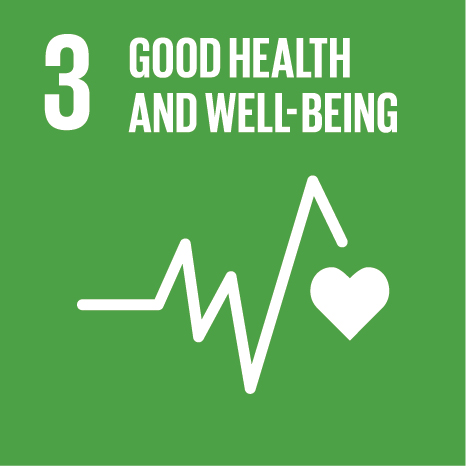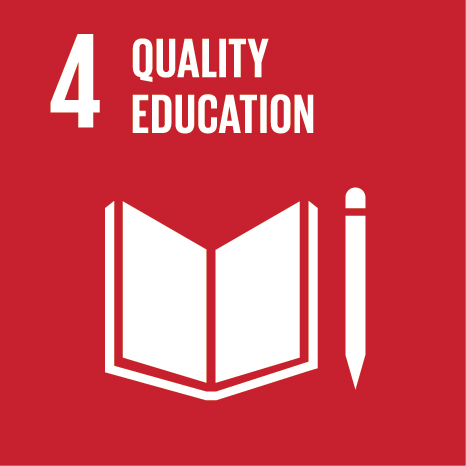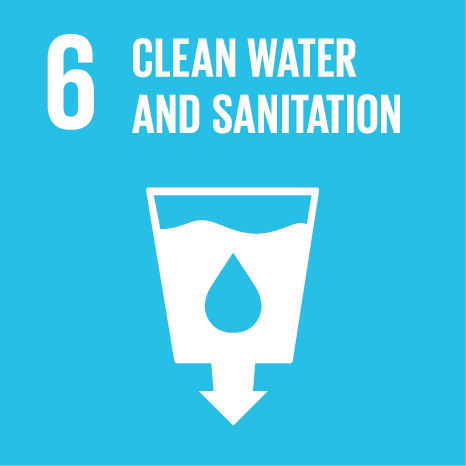 +265(0)111 624 222
+265(0)111 624 222 research@unima.ac.mw
research@unima.ac.mw Chirunga-Zomba, Malawi
Chirunga-Zomba, Malawi
Un‐Matched 1:1 Retrospective Case–Control Study of the Transmission of Typhoid Fever in Neno District, Malawi
Abstract
ABSTRACTDespite multidisciplinary efforts to control typhoid fever, outbreaks continue to recur in Neno District. This study aimed to identify factors contributing to typhoid transmission and explore community knowledge and empowerment strategies. The study comprised of 200 cases and 200 controls. Mixed‐method approach was used. Quantitative data were analyzed with Statistics Training Analysis Translation Assistance (STATA) version 17 to determine associations. Associations between variables were assessed using odds ratios (ORs) to measure the strength of associations. Logistic regression analysis was employed to calculate adjusted OR. Qualitative data were analyzed through thematic analysis. The study revealed that 14.8% of participants lacked knowledge about how typhoid fever spreads, although 85% were aware of preventive measures. Nearly a third of participants (31.5%; n = 126), comprising both cases and controls, identified contaminated food and water as the primary sources of transmission. Young adults aged 21–34 years were particularly at risk (OR: 2.8; 95% confidence interval [CI]: 1.0–7.9, p = 0.042) of typhoid fever. Eating at restaurants (OR: 3.43; 95% CI: 1.1–10.6, p = 0.032), ready‐to‐eat meals sold along the roads (OR: 3.04; 95% CI: 1.3–7.18, p = 0.011), storing water in plastic buckets (OR: 7.98; 95% CI: 3.6–17.6, p = 0.001), and collecting water less than 30 m from latrines (OR: 7.01; 95% CI: 3.8–12.8, p = 0.001) were statistically significantly associated with typhoid fever. Health education, community involvement, and fostering community action were considerably identified as pivotal community empowerment strategies in preventing and controlling typhoid fever. The findings reveal varying gaps in community knowledge about typhoid fever with likely significant opportunities for health education, community involvement, and proactive action, particularly among young adults (youths) aged 21–34 years. Improved water storage and treatment and improved sanitation and food hygiene practices, as well as community knowledge and empowerment strategies, appear to be critical to reducing transmission of typhoid fever in this study area.
| Original language | en |
| Volume | 4 |
| Issue number | 4 |
| Publication status | Published - 2025 |
UN SDGs
This research output contributes to the following United Nations (UN) Sustainable Development Goals (SDGs)



UN SDGs
This research output contributes to the following United Nations (UN) Sustainable Development Goals (SDGs)



UN SDGs
This research output contributes to the following United Nations (UN) Sustainable Development Goals (SDGs)


